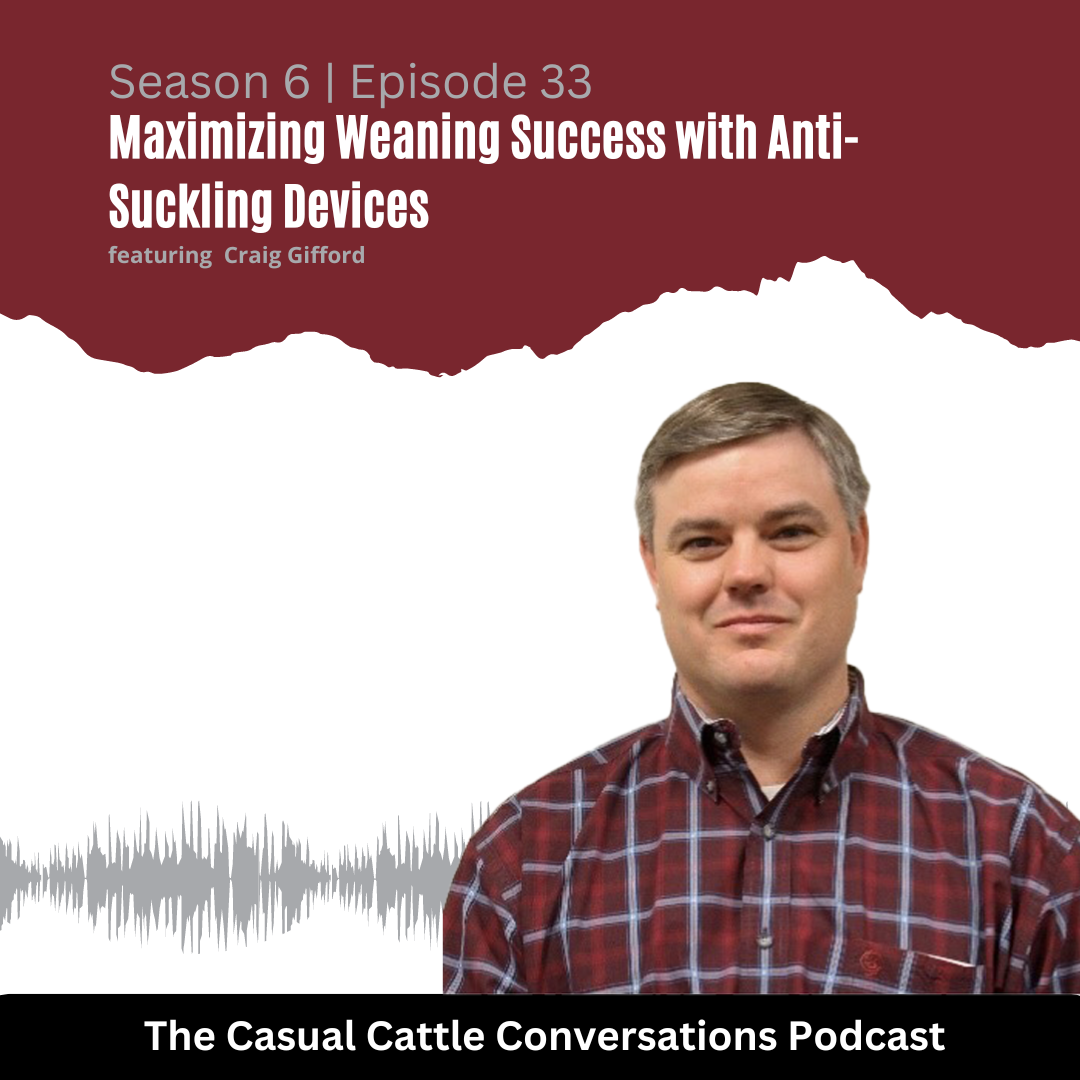Maximizing Weaning Success with Anti-Suckling Devices

Question of the Week: What would make August a Success?
It’s wild how fast July went by and I don’t know that August is going to be any slower. As we transition from summer to fall there is never a shortage of work to be done! It’s easy to fall into the trap of just getting by one day at a time, but wouldn’t it be nice to look back on August and say to yourself, “That was a darn good month!”?
Here are a few questions to ask yourself and tips for making August a darn good month for you and your crew.
1. What would make August a success?
What one thing do you want to make happen this month that will leave you satisfied?
2. What do you need to do to make this happen?
List out what you can control to make this happen as well as any potential uncontrollables that will impact you reaching your goal. Break down the controllables into small steps and if the uncontrollables make you uneasy, write out a plan b that you would be happy with if these happen.
3. Who do you need to tell/what reminders do you need to set to keep yourself focused on this?
Tell your team, friends or family what you want to accomplish and make sure you visit your goal regularly to keep you focused. I keep my goals on my desk, so I see them every day. However, I have also set reminders on my phone and listed them on the corner of the bathroom mirror too.
Maximizing Weaning Success with Anti-Suckling Devices
Weaning can be a stressful period for livestock and humans but making the extra effort to reduce stress on calves can lead to increased performance in the form of less illness and increased weight gain. Craig Gifford – Beef Extension Specialist at New Mexico State University – shared how the use of anti-suckling devices in combination with fence line weaning could be one method of reducing stress on calves during the weaning period.
Anti-suckling devices are flaps or rings that are attached to the nostrils of calves and remove their ability to nurse, but still allow all other forms of contact with their dam. At this point in the calf’s life, they are already eating other feed sources and drinking water on their own. The process of using this procedure takes at least two steps. The first step being implementing the devices and the second being weaning.
“I’ve seen varying timeframes for this procedure depending on the operation and research but typically you would gather your calves, put in the nose flaps and then put everything back together for four, six or even up to twenty-eight days. Then you start step two which includes re-gathering, removing the nose flaps and weaning calves from their mothers,” said Gifford.
A ballpark cost for these devices is around three dollars and they can be re-used the next year. However, cattle producers need to account for a ten to thirty percent loss of devices that fall out.
How much stress is reduced for cattle depends on the breed and ranch. Different studies are showing different results.
“There are a couple of theories in scientific literature that you aren’t reducing the stress and instead are just spreading it out over time. There are also studies coming out of Brazil with Bos Indicus cattle that show increased stress due to lesions forming in the nose. So, like any weaning situation, it all depends on multiple different variables,” said Gifford.
Rate of gain is also impacted by weaning procedures. Anti-suckling devices used in combination with fence line weaning show an increased rate of gain after weaning compared to calves that have not gone through this process.
“I’m hesitant to extend this to a formal publication, because a lot of what we’ve done is summarize the data from our own experiments and others out there. However, calves who had nose flaps had reduced gains during phase one but had increased gains anywhere from a half a pound to a pound per day during phase two,” said Gifford.
Which weaning strategy will be most effective on your operation might not be the same as your neighbors.
“When you look at picking your weaning strategy, you need to know how you are marketing your calves. The two biggest things we focus on during weaning or health and gains. Now, how do you get paid back for the effort you put into increasing your gains and health,” said Gifford.
Ultimately, when it comes down to reducing stress on calves during the weaning period, Gifford recommends doing as much as possible before weaning. This could be de-horning, castrating or any other activity that will add stress to that calf. The best method for weaning will depend entirely on your operations goals, resources, limitations and marketing strategies. Take some time to think about what will be best for the cattle and still be in line with your overall goals.








